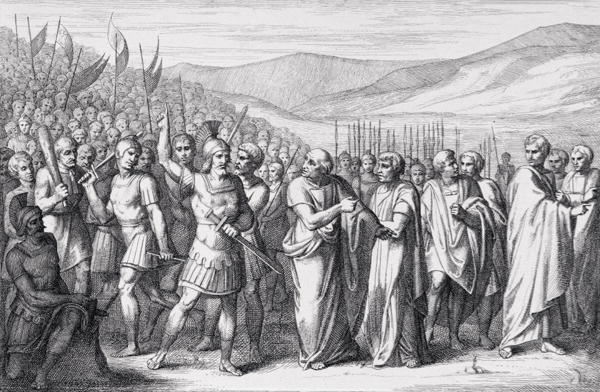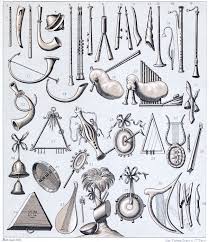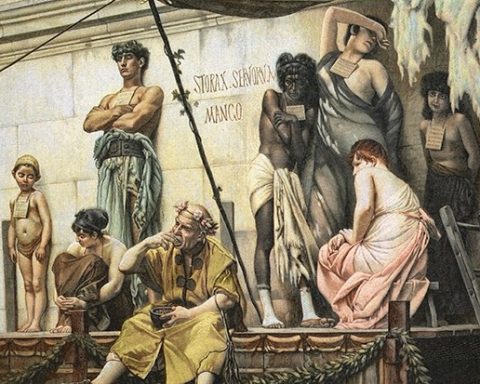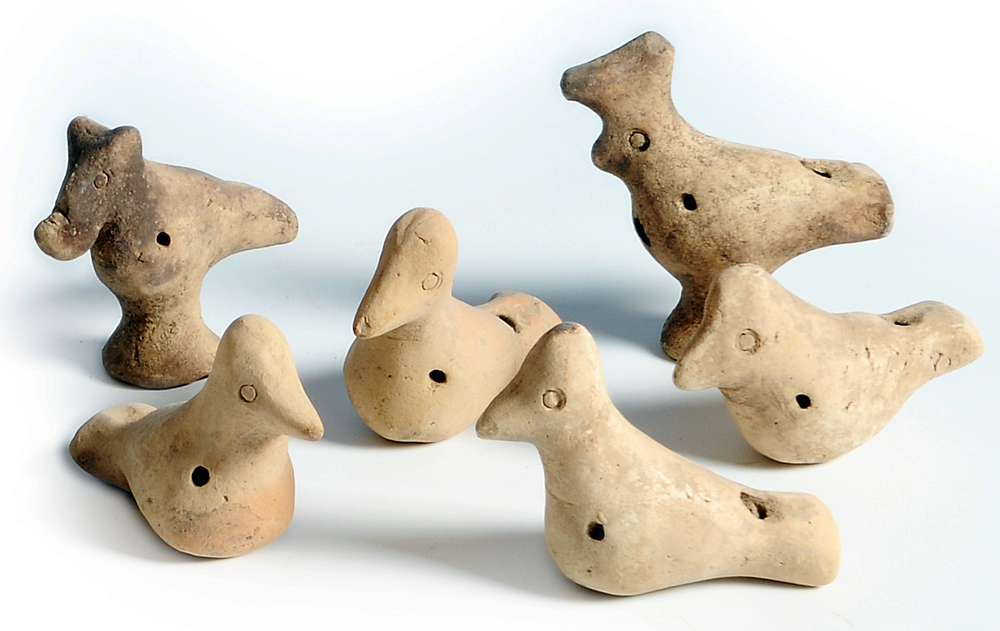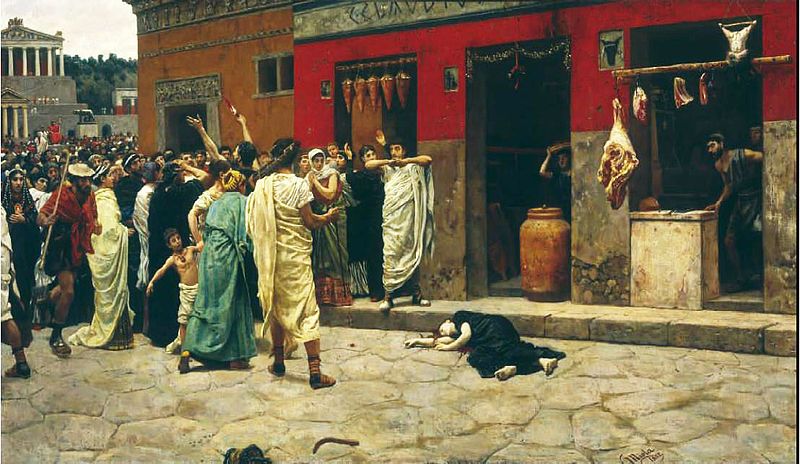
In ancient Rome, the social classes you belonged to were hereditary. However, while it’s common knowledge that the citizens had multiple rights, there were a lot of challenges for the ruling class.
The commoners, more popularly known as the plebeians, were a major part of the free Roman citizens. As a result of the commoners, the Roman government had to implement laws that catered to not only the needs of the aristocrats but everyone.
The commoners used secession as a tool in achieving this. This was known as secessio plebis. The secessio plebis, also known as the withdrawal of the commoners, was an informal way the commoners exercised their powers.
The plebeian citizens left the city, making all the stores and workshops non-operational. This is very identical to the strikes we have now. This ensured that the aristocratic class was without resources.
The plebeians made up most of Rome and so a major part of Rome’s resources were cut short. There were numerous secessions, however, here are a few that shook the system.
The First Secession
In 494 BC, the Plebs were not pleased with the fact that the political class was solely constituted by the wealthy. The political class didn’t rule fairly and didn’t act with consideration for the lower class.
As a result of this, the plebeians moved to the Sacred Mountain (Mons Sacer) over three miles outside Rome. This move triggered the political heads to create the Tribune of the Plebs and act fairly.
The Third Secession
In 445 BC, there was a prohibition on intermarriage between the higher ruling class and the lower class. The patricians argued that it was to uphold the social and moral order of Rome.
The plebeians went on a military strike and soon there was a compromise that allowed military tribunes to have consular power and be elected from any order.
These are a few of the secessions that took place in ancient Rome. However, these actions were not futile and helped in the growth of the power of the plebeian society. This eventually helped break down the biases as a result of wealth that existed then.
SEE ALSO: The History Of The Flavian Amphitheater
